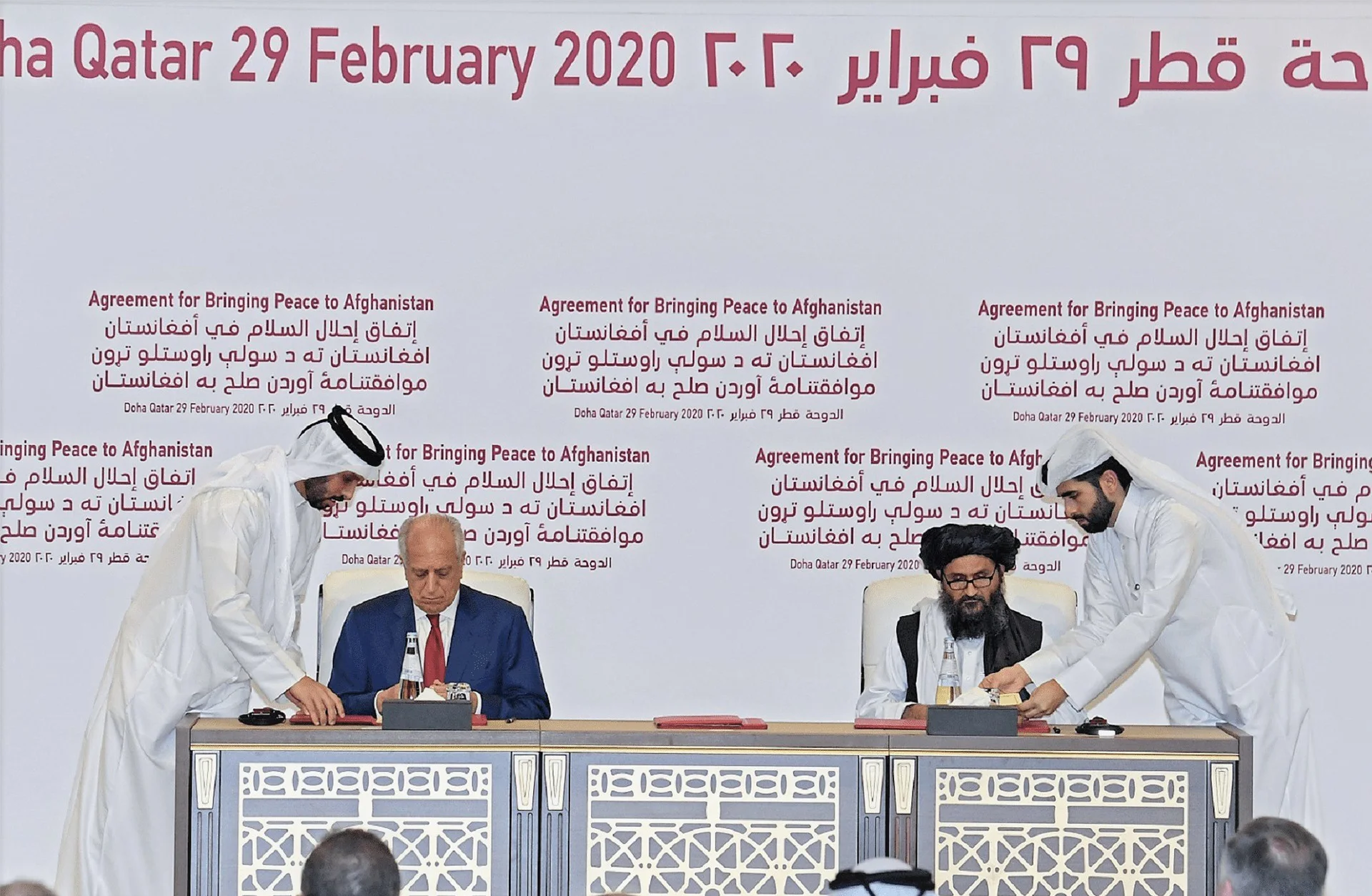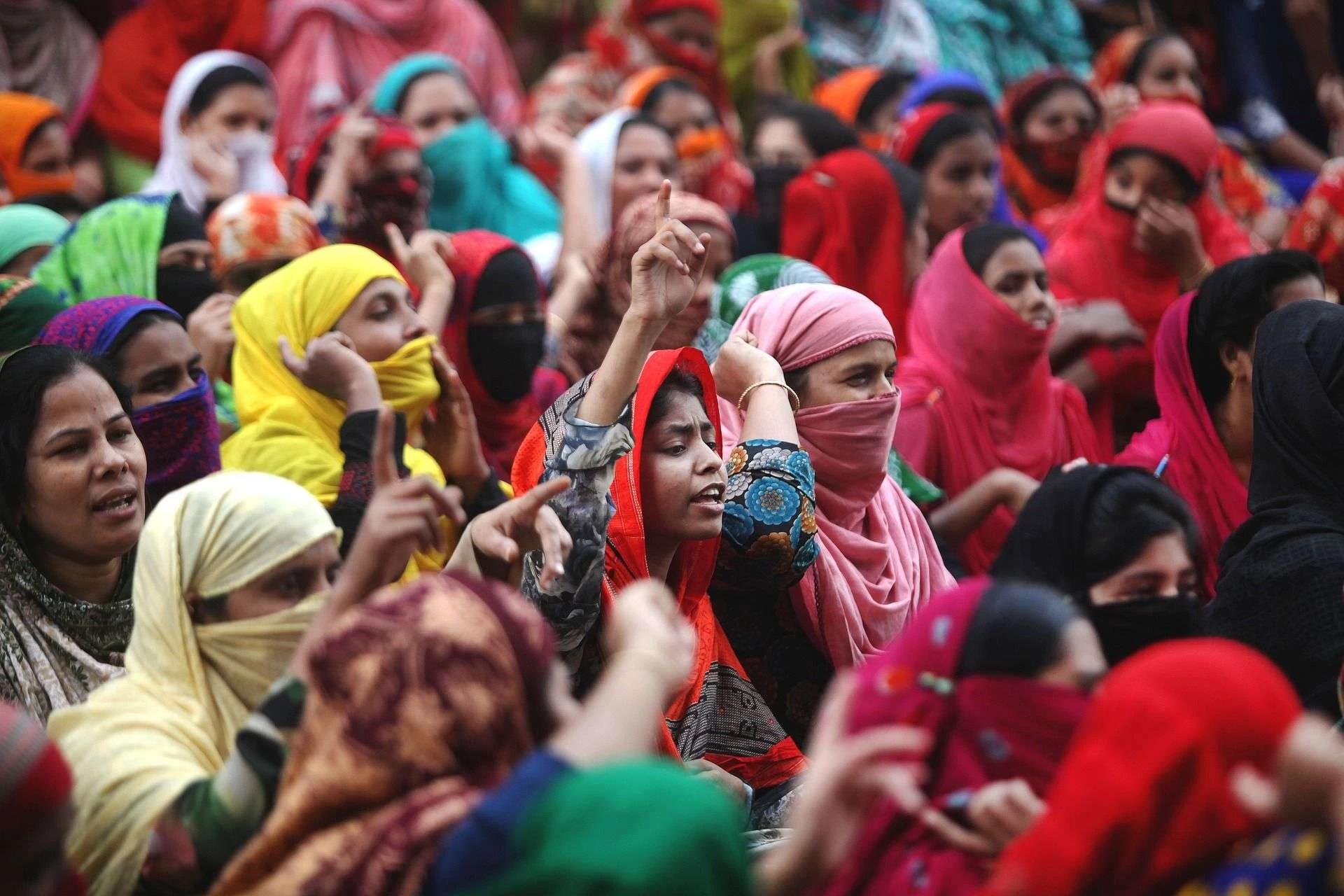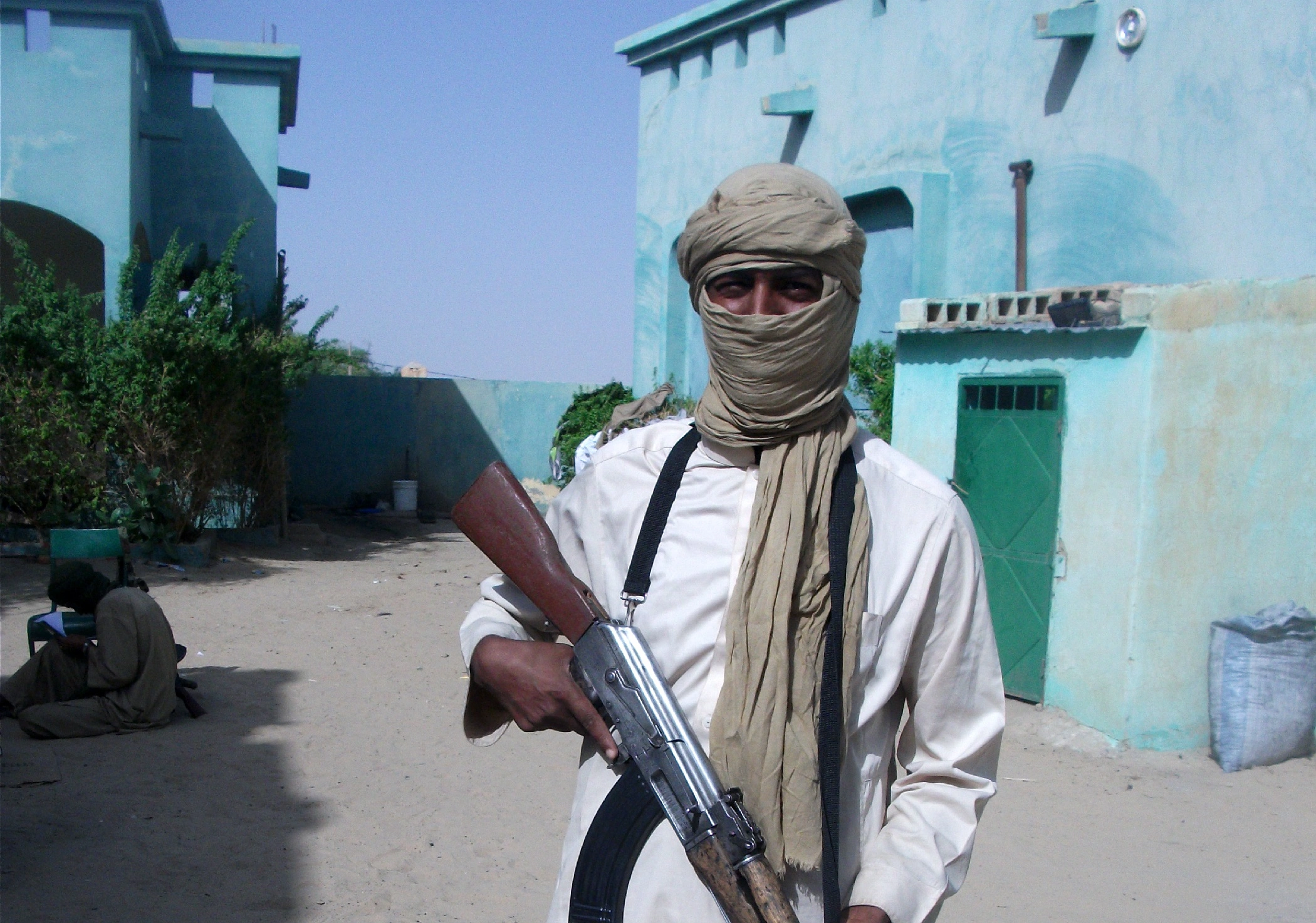Unseasonal and severe weather gripped Pakistan’s northern regions on Wednesday as hailstorms, strong winds, and thunderstorms hit Islamabad and parts of Khyber Pakhtunkhwa (KP), while heatwave conditions continued unabated across the country’s southern half.
The Pakistan Meteorological Department (PMD) has forecast that this turbulent spell will persist until April 20, warning of further rain, thunderstorms, and isolated hailstorms across Gilgit-Baltistan, Azad Jammu and Kashmir (AJK), KP, and northern Punjab.
In contrast, extreme heat continues to scorch Sindh, Balochistan, and southern Punjab, where temperatures remain significantly above seasonal averages. The PMD expects heatwave conditions to prevail in these areas at least until April 18.
Capital Hit by Hailstorm
In Islamabad, a sudden and intense hailstorm lasting over half an hour caused significant damage to infrastructure on Wednesday. According to local reports, areas like Tarnol were particularly affected, with uprooted trees, flash flooding in low-lying sectors, and reports of broken vehicle and building windows.
“The damage caused by hail is being estimated. There are reports of broken windows of vehicles and houses in various areas,” said the Islamabad Deputy Commissioner’s Office in a statement.
The Pakistan Peoples Party’s Senator Sherry Rehman termed the event an “extreme weather volatility driven by climate change” on social media, calling it “not a random natural event.”
INSANE hailstorm In Islamabad in April. Coming down like pellets from the sky.
— SenatorSherryRehman (@sherryrehman) April 16, 2025
This is extreme weather volatility driven by #climatechange, where anomalies proliferate. Not a random natural event. And related entirely to human actions like emissions, which are growing because of… pic.twitter.com/PLj4PJIKbv
KP, Northern Areas Bracing for More Storms
The PMD stated that a westerly system entering northern Pakistan would affect regions including Chitral, Swat, Dir, Kohistan, Abbottabad, Peshawar, Bannu, Dera Ismail Khan, and tribal districts from April 16 to 20.
The Met Office also warned of possible landslides in hilly areas of KP, GB, AJK, Murree, and Galliyat, while isolated hailstorms are likely during this period.
In KP, damaging winds and hailstorms were reported in Swabi, Charsadda, Mardan, and Nowshera. The Provincial Disaster Management Authority (PDMA) confirmed that its emergency response centre is operating 24/7 and urged citizens to report emergencies via its toll-free helpline 1700.
Meanwhile, in Chilas (Diamer district), a flash flood tragically swept away two children. Local police confirmed one death and said the second child was airlifted to Islamabad in critical condition.
GLOF Risk Rises in Glaciated Areas
In a separate alert, the KP PDMA warned of the increased likelihood of glacial lake outburst floods (GLOFs) in Lower and Upper Chitral, Upper Dir, Swat, and Kohistan, due to sustained high temperatures.
“The persistent high temperatures may accelerate snow and glacier melt and subsequent weather events, potentially triggering Glof incidents in vulnerable valleys and surrounding regions during the current and upcoming week,” the advisory stated.
District administrations have been instructed to remain on high alert, inform local communities, and deploy emergency teams in vulnerable areas.
Southern Regions Face Prolonged Heatwave
While the north faces storms, the southern half of the country remains in the grip of a heatwave. The PMD advisory noted that Sindh, southern Punjab, and parts of Balochistan are likely to experience extreme heat through April 18, with daytime temperatures 2–3°C above normal.
The mean temperature across southern Pakistan in March was also above normal, with many areas experiencing prolonged dry spells of over 200 days. Rainfall from September 1, 2024, to March 21, 2025, remained 40% below average, leading to water shortages in major reservoirs like Tarbela and Mangla.
The National Disaster Management Authority (NDMA) has echoed the PMD’s concerns, warning that intensifying heatwaves could trigger wildfires in parts of Balochistan, KP, Potohar, and Murree.
Farmers have been advised to adjust harvesting and crop management practices according to evolving weather patterns.
Cricket Disruption and Infrastructure Damage
The hailstorm also briefly impacted preparations at Rawalpindi Cricket Stadium, where a Pakistan Super League (PSL) match was scheduled. However, officials confirmed no damage to the pitch or venue.
“There was no hailstorm at the stadium… just rain, and the outfield was wet,” Crickwick’s Abu Bakr Tarrar told Dawn.com.
Urban infrastructure in Islamabad, particularly solar panels and carports, suffered significant damage from hailstones the size of golf balls. The storm has highlighted the need for climate-resilient energy infrastructure as the city scales up its renewable energy ambitions.
Also See: Hailstorm in Islamabad Exposes Climate Vulnerability
The Final Thought
As Pakistan grapples with a widening spectrum of climate-induced weather anomalies — from hailstorms in the capital to heatwaves in the south and glacial risks in the north — authorities remain on high alert. The coming days may test the readiness of both local governments and national disaster response mechanisms as weather patterns continue to shift with increasing unpredictability.
Disclaimer: The news report is compiled by the South Asia Times news desk, with additional input from Dawn News and PMD advisories.






